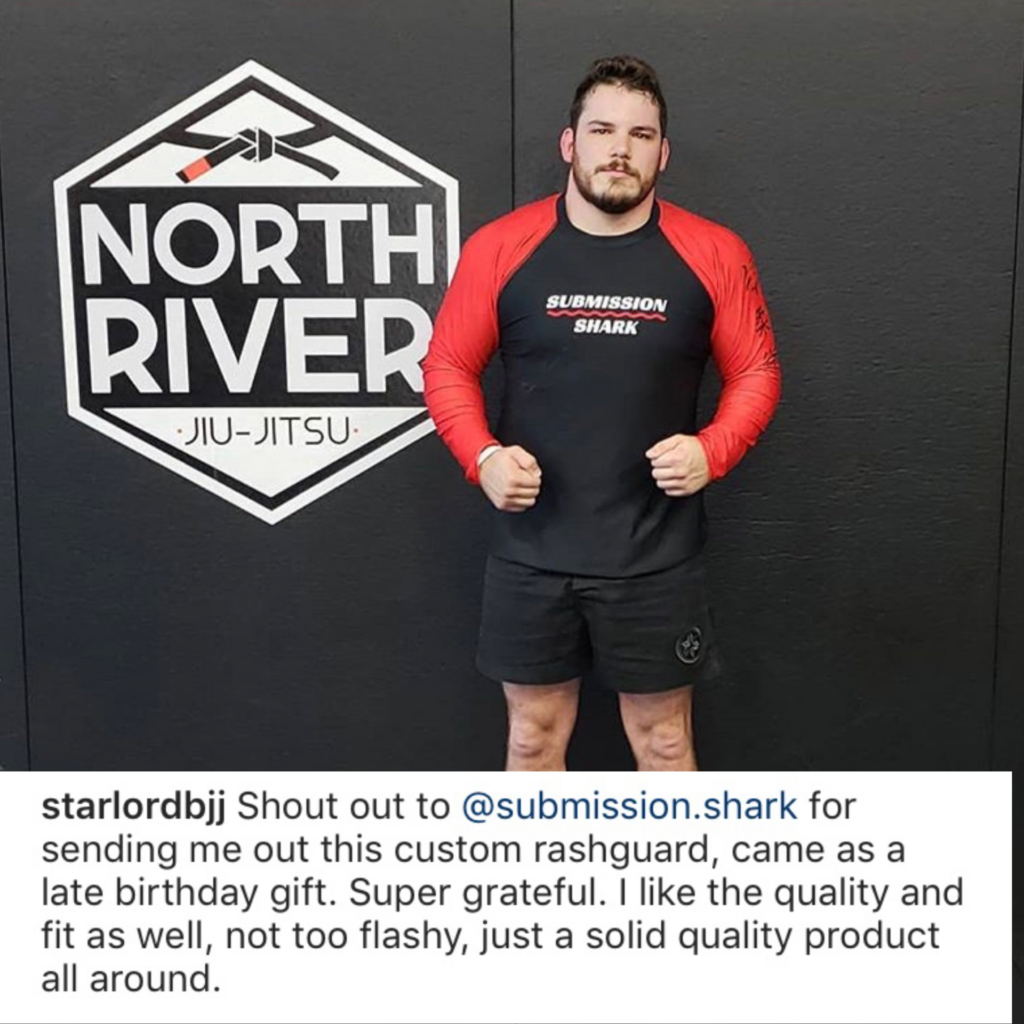The intense rituals that fighters performed before entering the octagon has always produced a profound feeling. Some knelt down and prayed, others paced back and forth, while some even had their own unique routines.
As a spectator, it was easy to brush off these actions as mere superstitions or a way for fighters to calm their nerves before a fight. However, as I delved deeper into the world of MMA, I realized that these rituals and beliefs go far beyond just calming pre-fight jitters.
These creepy and sometimes bizarre MMA superstitions have been a part of the sport for decades, and some fighters swear by them.
What The Some of The Most Popular Fighter Superstitions?
This list of fighter’s superstitions could go on and on, but here are a few of the most popular ones in the world of MMA:
1. Put Left Glove On First
This old superstition has been around for centuries and is believed to bring good luck. In MMA, fighters who follow this belief put their left glove on first before the right one. It’s difficult to find the origins of this but many believe it comes from Irish boxing traditions.
“The only superstition that I still do is put the left glove on first” – Brandon Thatch
2. Wearing The Same or Not Washing Clothes
In BJJ, there’s a common (and disgusting) superstition that wearing the same white belt without washing it will bring good luck. They take the saying, “Roll until the white belt turns black” too literal. Pls… for the sake of hygiene, wash your belt. And your BJJ gi and any other clothing. It won’t bring you bad luck, I promise.
Same colors, same outcome…? Cole Miller believed that using the same walkout songs and same color shorts would lead to a win. When he would lose, he’d blame it on a wardrobe and switch to a different color.
3. Same Walkout Song
Cole Miller also believes that using the same walkout song brings him good luck.
Whether it be the specific lyrics or the beat that hypes them up, many fighters have a go-to song for their walkout.
4. New Clothing
In contrast, fighters such as Max Holloway has a tradition of wearing new clothing for every fight. New shoes and new underwear for weigh-ins. He’s a stylish fighter, so it makes sense that he would want new gear to show off during his time in the spotlight.

If you are searching for some new MMA apparel to support your journey, check out Submission Shark.


5. Who Dana White Looks At During Weigh-Ins
Weigh ins are a big part of the pre-fight ritual. Fighters have to make weight and also psychologically intimidate their opponent. However, some fighters also believe that who Dana White looks at during weigh-ins will predict the outcome of the fight.
6. Religious Symbols
Some fighters wear religious symbols, such as necklaces or tattoos, as a way to bring them luck and protection in the ring. This Diego Sanchez is the most prominent example. He’s a devout Christian and has explained, “Jesus Christ was my love, and by Jesus’s stripes I was healed”
Many fighters from various religious backgrounds can be seen praying or wearing religious symbols before and after fights, believing that it brings them strength and protection.
7. Muay Thai Arm Bands and Headpieces
MMA fighters have been bringing in the techniques of Muay Thai into the cage for a long time noow. However, with the rise of ONE Championship, elite level Muay Thai fighters are having the opportunity to shine on the biggest stage in Asia and bring their traditions with them. One of those traditions is the use of arm bands and headpieces, called “Mongkol” and “Prajioud”, respectively. These are believed to bring the fighter good luck and protection during the fight.
In traditional Muay Thai, these materials were made from clothes of their family members or from a sacred temple. They are worn during the pre-fight ceremony, called “Wai Kru”, where fighters pay respect to their teachers, family, and ancestors. This dance-like ritual is also believed to calm the fighter’s mind and bring them good luck. The arm bands and headpieces are then removed before the fight begins.
8. No Sexual Intimacy Before a Fight
Another interesting belief in MMA is the idea of sexual intimacy before a fight. Many fighters, both male and female, have expressed their strict no-intimacy rule leading up to a fight. Some people believe it can drain their energy or affect their performance, while others see it as a form of superstition.
However, there is no conclusive evidence to support this belief and it ultimately comes down to personal preference for each fighter. TJ Dillashaw has explained on Logan Paul’s podcast that this superstition is not one that he believes in…
Daniel Cormier thinks otherwise, “I truly believe that when you are starving and that when you are hungry, and you abstain from sex, it builds something inside of you.”
Unraveling the Mystique of Fighter Superstitions
MMA is a mind game just as much as it is a physical sport. Fighters not only have to prepare themselves physically, but also mentally for the challenges they will face inside the cage. This is where superstitions and rituals come into play.
Some fighters believe in wearing their lucky socks or underwear on fight day, while others have more elaborate and sometimes bizarre pre-fight routines. Georges St-Pierre famously had to tweak his nipples before every fight, and while these may seem odd and unscientific to outsiders, for fighters, these superstitions provide a sense of comfort and control in an otherwise unpredictable and chaotic environment.
According to Oxford Academic, these beliefs are linked to various negative traits such as heightened levels of stress, anxiety, the desire for control, a pessimistic outlook, and even depression. In a sport like MMA, can we really blame fighters for looking for any advantage they can get?
These actions may seem trivial to outsiders, but for fighters, they hold significant meaning and are part of their mental preparation for the fight ahead. From paying homage and respect to entering into a flow state, these rituals help fighters get into the right mindset and focus their energy on the task at hand.
Bringing Culture to the Cage
Muay Thai is deeply rooted in Thai culture and tradition, and this is evident in the use of Mongkol and Prajioud during fights. These rituals not only bring good luck and protection to the fighters, but also add a rich cultural element to the sport. In Japan, Sumo wrestlers partake in a ritual called Shiko before each match, which is a series of stomps and claps meant to drive away evil spirits and bring good luck.
Whether there is any real benefit to these superstitions or not, they have become ingrained in the culture of combat sports and add a unique element that sets them apart from other sports. These traditions also serve as a way for fighters to honor their predecessors and maintain a connection to the history and roots of their sport.
From bowing before a BJJ or Judo match to performing a traditional Haka in MMA, these cultural rituals bring a sense of pride and identity to fighters and their respective disciplines. Plus, it hypes up the crowd and adds an extra level of intensity to the fight.
Has Any MMA Superstitions Come True?
Neil Magny believes that whoever Dana White looks at during weigh-ins will win the fight, and has made it a point to make eye contact with him before each of his fights.
Whether this has influenced the outcome of his fights or not is up for debate, but in an interview prior to Fight Night Broomfield (which took place on Friday The 13th) Magny stated that this superstition has come true in all seven of his last fights.
Maybe the UFC matchmakers know something that we dont…?
Superstitions vs Pre-fight Rituals (What’s The Difference?)
Before we delve into some of the most strange and interesting superstitions in MMA, it’s important to understand the difference between superstitions and pre-fight rituals.
Superstitions are irrational beliefs that certain actions or objects can bring good luck or ward off bad luck. These beliefs have no logical explanation but are deeply ingrained in an individual’s mind.
On the other hand, pre-fight rituals are deliberate actions that fighters perform before a fight to help them mentally prepare and get into the right mindset. These actions can vary from fighter to fighter and can include anything from listening to a specific song or performing a certain warm-up routine.
According to Harvard, there is some science behind the benefits of pre-fight rituals, as they can help reduce anxiety and increase confidence.
If you are searching for more examples of pre-fight rituals, there are plenty of resources available online such as this article from us here at MMA Panda: Top 18 MMA Pre-Fight Rituals (By Popular Opinion)
Conor Mcgregor Believes Superstitions Are Just Fear
Despite the nickname ‘Mystic Mac’ and his infamous prediction of knocking out Jose Aldo in the first round, former UFC champion Conor McGregor doesn’t believe in superstitions.
In an interview, McGregor stated that “Superstition is only a word for fear,” and that he doesn’t allow himself to be burdened by such beliefs. Instead, he focuses on visualizing his success and working hard in training.
However, that doesn’t mean McGregor doesn’t have pre-fight rituals (even if he doesn’t label them as such). His billionaire strut, where he walks with his arms extended out and chest puffed up, is a trademark move that he always performs before entering the Octagon.
Final Thoughts
Although many fighters believe in them wholeheartedly, some argue that pre-fight rituals and superstitions are simply a psychological trick to give them an edge in the fight. Some consider it just for fun, while others are petrified of breaking their routine.
Regardless of whether they have actual benefits or not, it is clear that pre-fight rituals play an important role in the mental preparation of fighters. Whether it’s helping reduce anxiety and build confidence or simply focusing their mind on success, these rituals can have a powerful impact on their performance in the cage.
So the next time you see a fighter performing a seemingly odd ritual before a fight, remember that it’s all part of their mental game and respect the dedication they put into their craft.





